At Prague’s City Museum there is a large, unfinished paper and carboard model of Prague depicting how the ancient city appeared in the early 19th century. It was made nearly two hundred years ago by a talented Bohemian lithographer, librarian, painter, and model maker named Antonín Langweil, who devoted the last 11 years of his life to this unusual hobby.

Photo: prazsky.denik.cz
The model sprawls over an area of twenty square meters and contains more than two thousand buildings with painted-on details, such as roof tiles, windows, doors, hand rails, and other architectural features. The depiction is so authentic that Langweil included small imperfections wherever he could, such as flaking walls, broken windows and climbing plants. In courtyards and secluded spots you’ll find stores of barrels, a scene from a pig-slaughter or a ladder leaning against a wall. Almost half of the buildings Langweil depicted no longer exists, such as the Jewish quarters that was demolished in the early 20th century and parts of the Old Town.
Antonín Langweil was born in 1791 in Postoloprty, a small town about 60 km northwest of Prague. After his father’s death, the same year, Langweil’s family moved to the historic town of Český Krumlov where he spent his childhood and youth. At the age of 27, Langweil went to Vienna to learn the graphic technique of stone printing or lithography. Armed with the new knowledge, he opened up a lithography workshop in Prague. But running a business was hard, and Langweil was forced to close his workshop and seek employment as a lithographer under another Prague printer. In 1822, Langweil left his job as a lithographer and joined as a library assistant in the university library in the Klementinum.

Antonín Langweil
Langweil was inspired to build a model of Prague after he saw a relief model of Paris at an exhibition in 1826. With the help of his assistant at the university library, Langweil began to build the model, one building at a time. The effort consumed nearly all of his free time for the next eleven years until his premature death in 1837. Langweil exhibited his model to the public, in the unfinished form, several times during these eleven years. Even though many people admired his work, Langweil never found a sponsor. With seven mouths to feed, Langweil resorted to making small models of homes of the nobles and the wealthy and began selling them to the owners.
In 1837, Langweil died after years of sufferings from tuberculosis. After his death, his wife sold the model to Emperor Ferdinand I for a handsome price who then donated the model to the National Museum. The model was acquired by the City of Prague Museum in 1954, and since 1970, the model has been on permanent display at the museum.
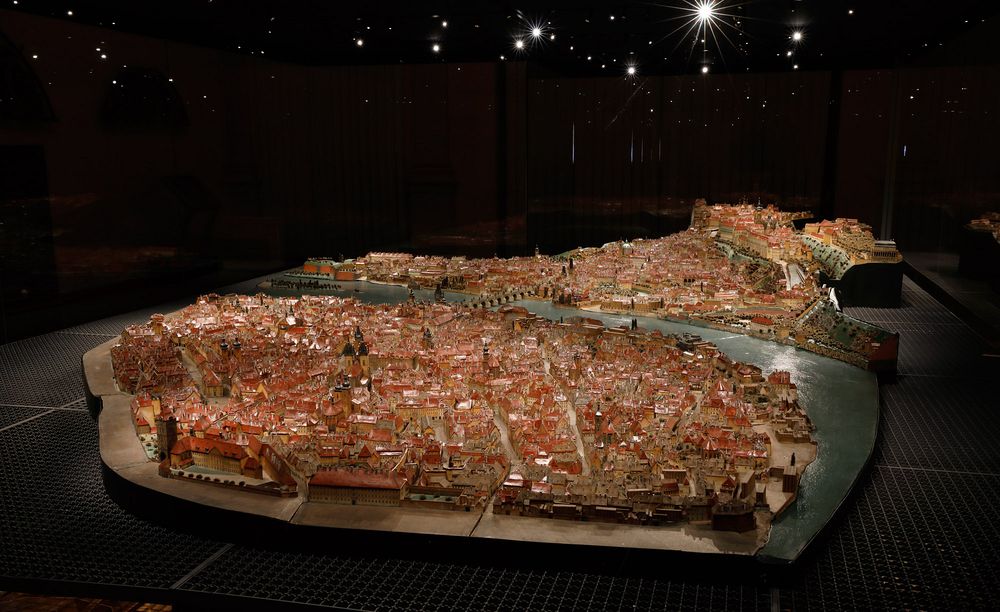
Photo: www.kampocesku.cz
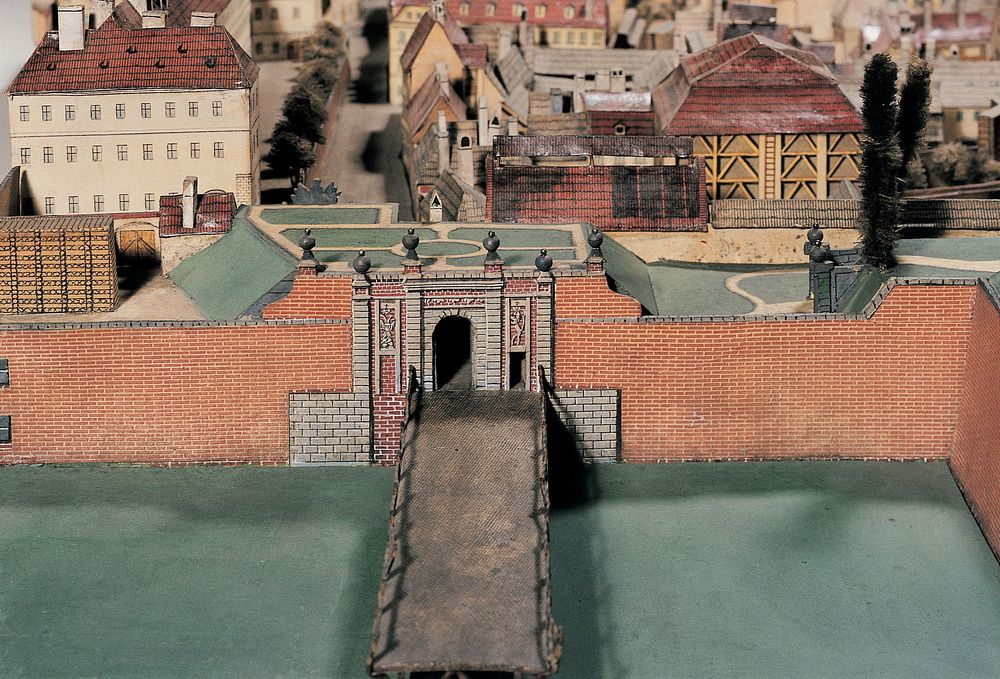
Photo: www.kampocesku.cz

Photo: www.kampocesku.cz
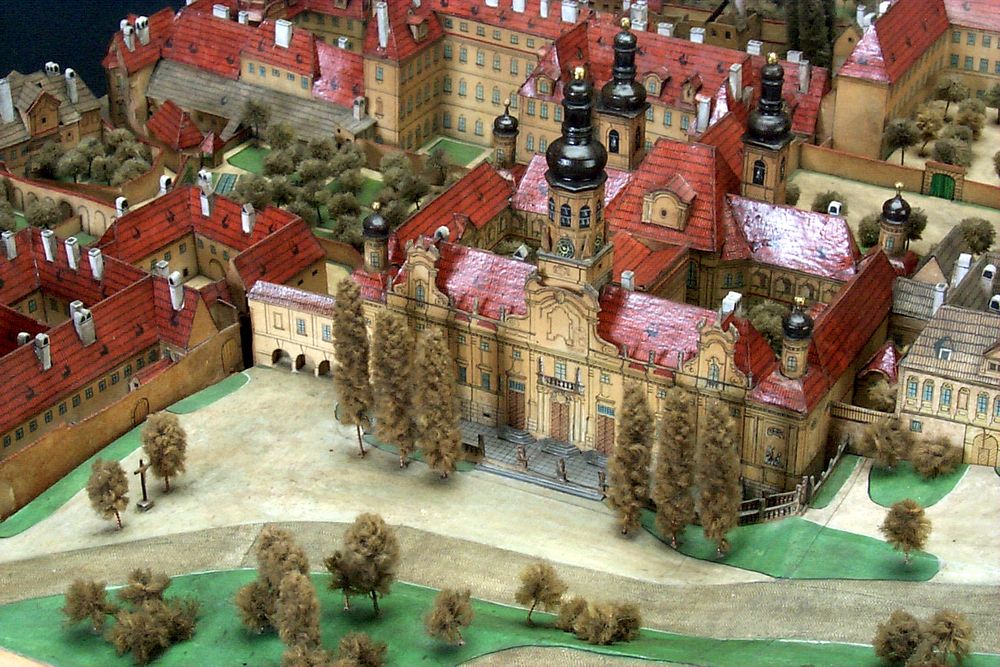
Photo: www.kampocesku.cz

Photo: www.kampocesku.cz
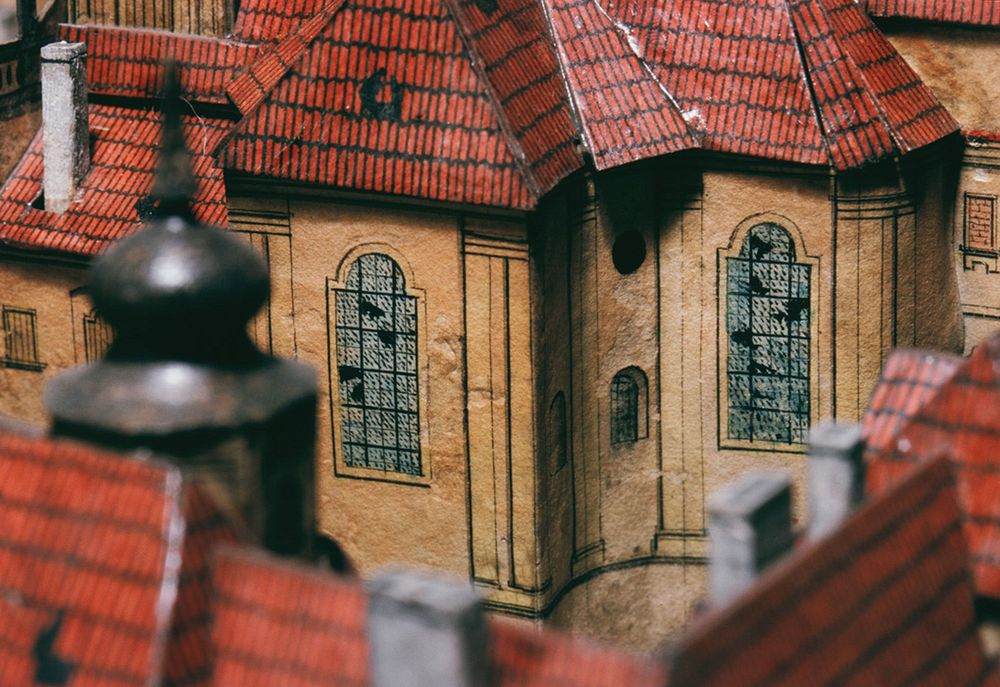
Photo: www.kampocesku.cz
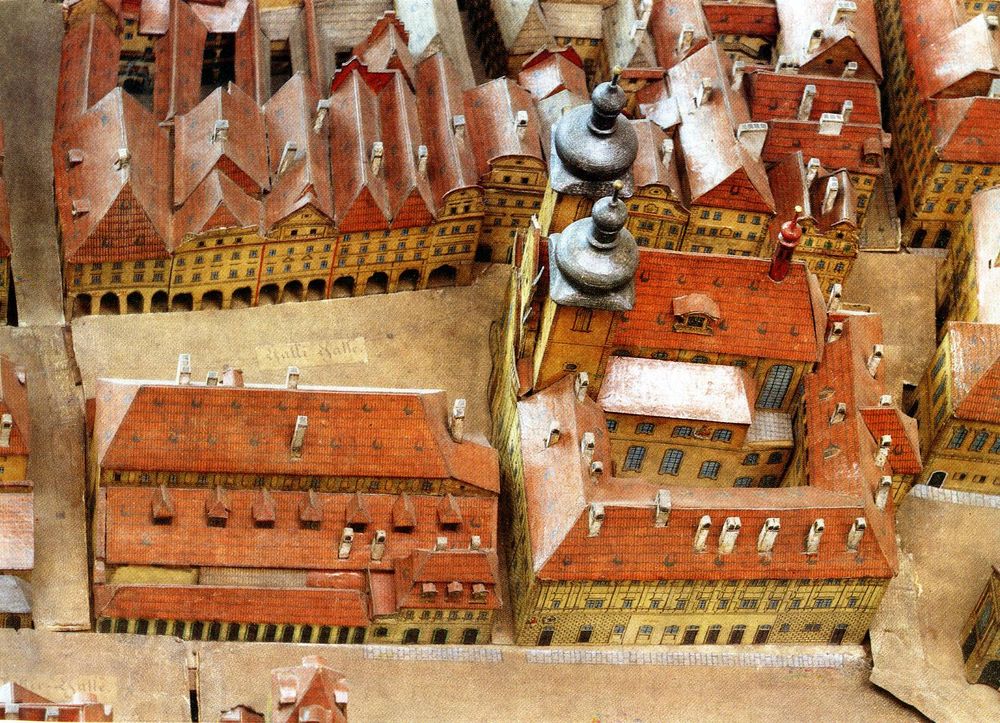
Photo: www.theatre-architecture.eu
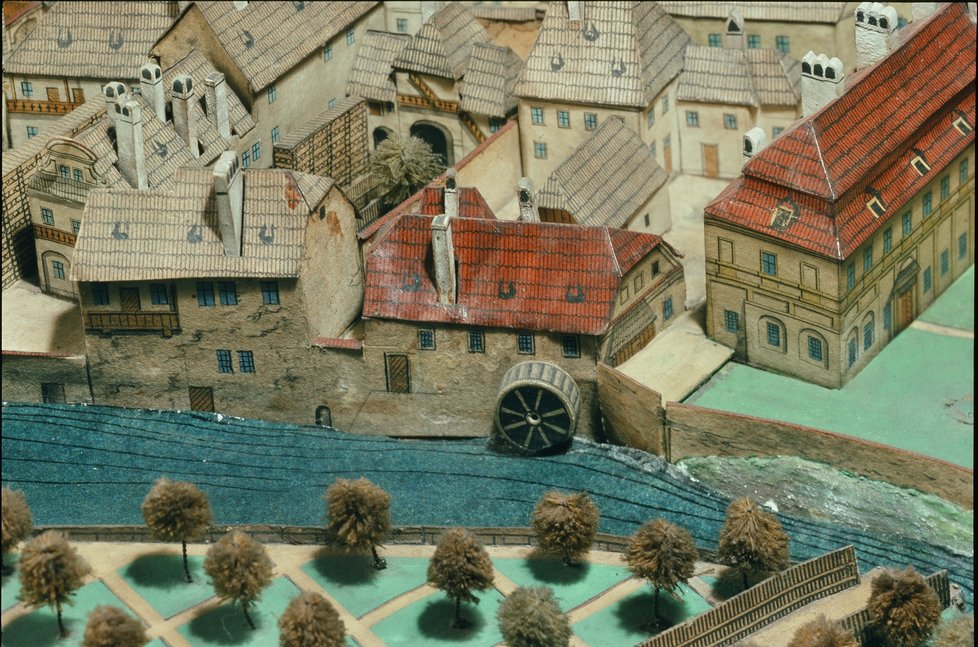
Photo: www.blesk.cz

Photo: www.blesk.cz

Photo: www.blesk.cz
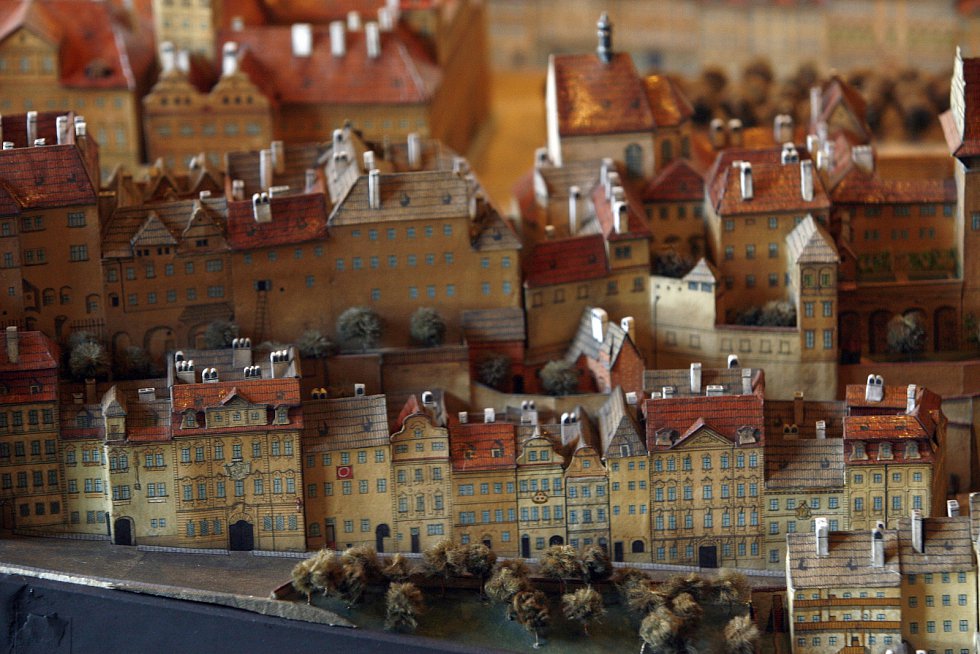
Photo: prazsky.denik.cz
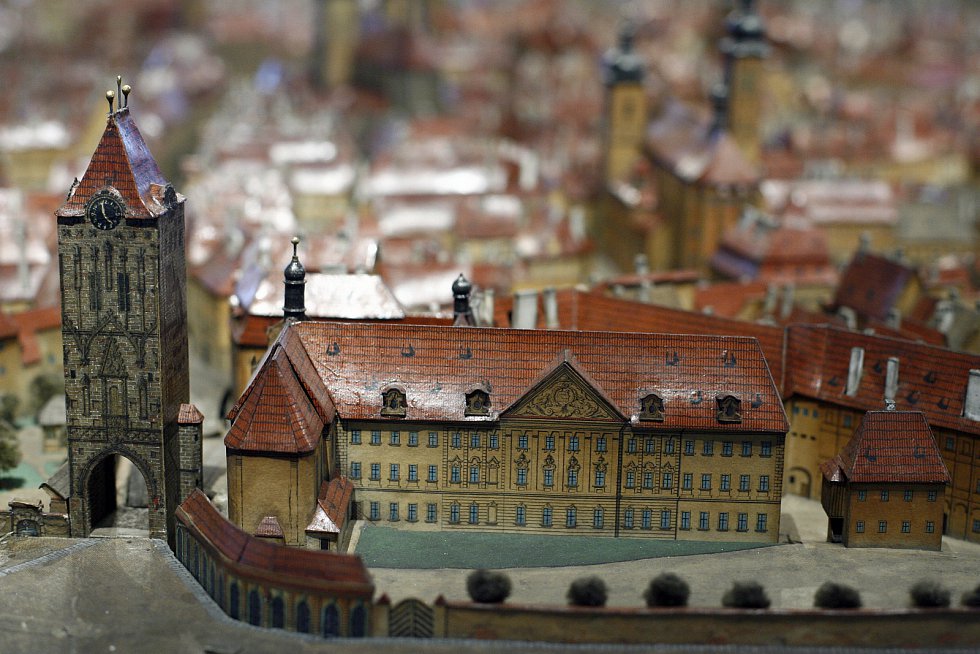
Photo: prazsky.denik.cz
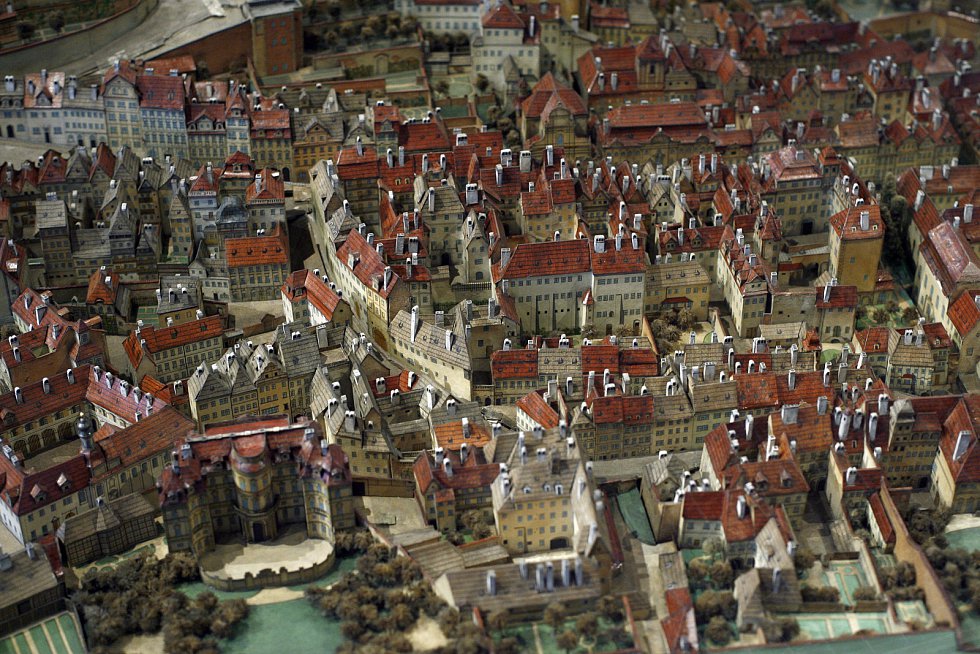
Photo: prazsky.denik.cz
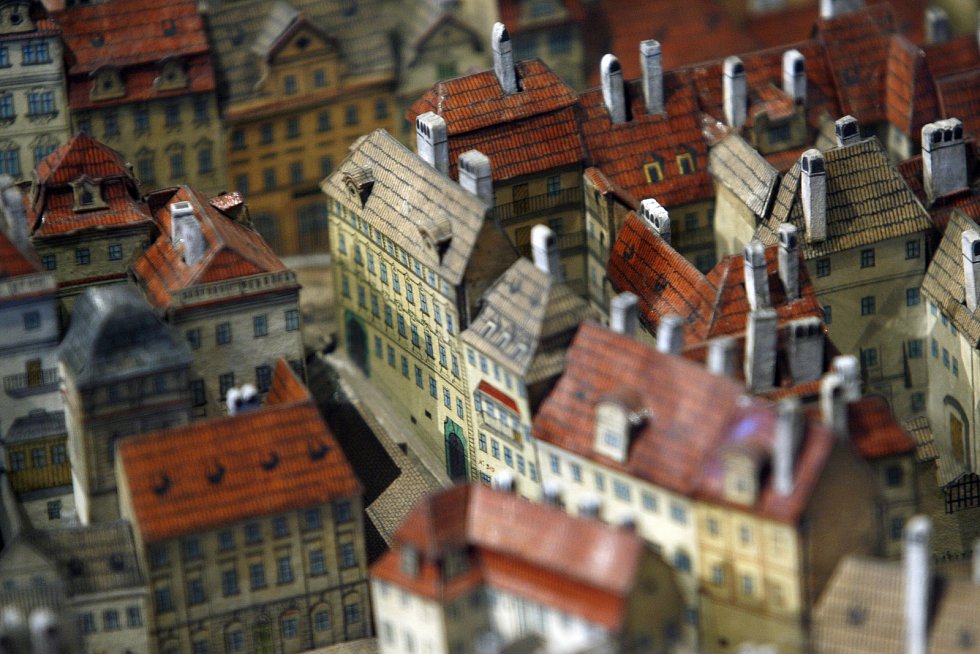
Photo: prazsky.denik.cz



Comments
Post a Comment